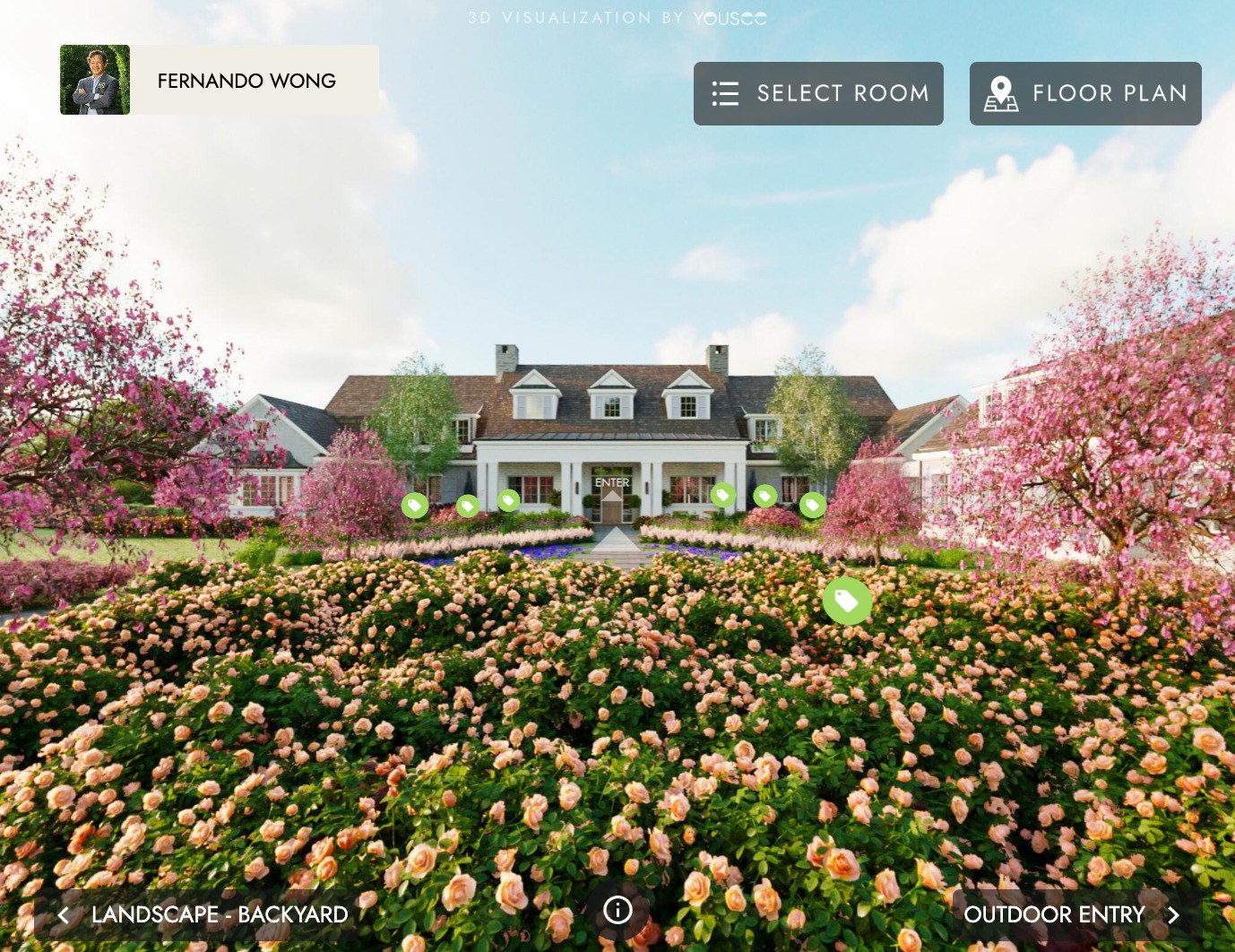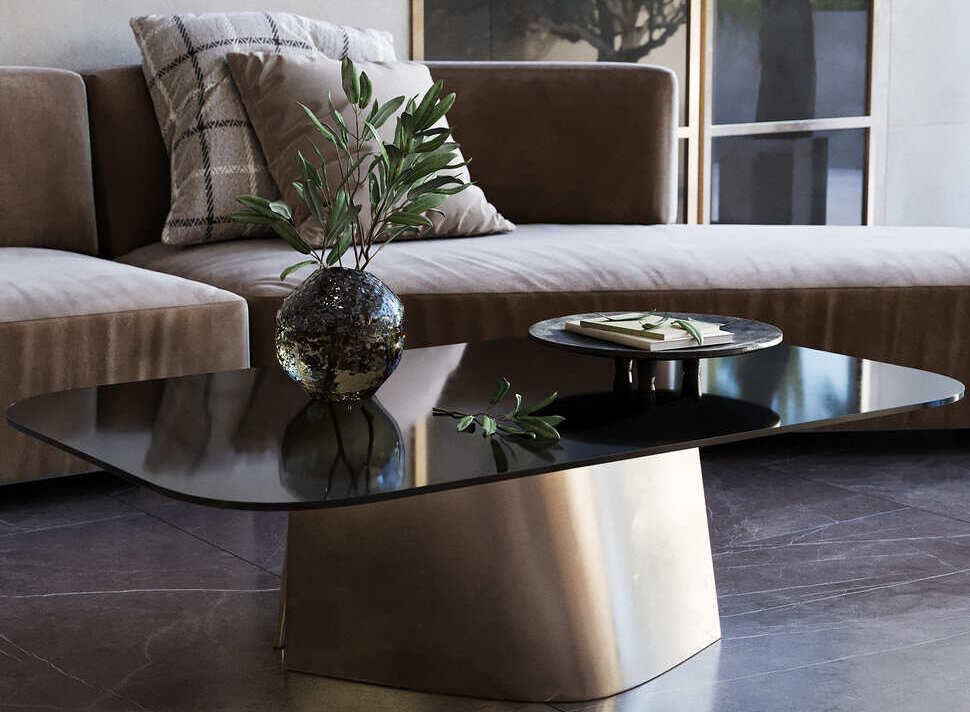A New Era in Furniture Shopping: The 3D Virtual Showroom Experience
Introduction to the 3D Virtual Showroom Concept
In an era where digital innovation reshapes our lifestyle, the virtual showroom 3D model concept stands as a groundbreaking evolution in furniture shopping. Imagine a platform where customers can explore and interact with furniture pieces in a simulated 3D environment without leaving their homes. This article delves deep into this cutting-edge concept, unraveling how it's transforming the furniture industry by enhancing customer experience and streamlining retail operations. From a 3D rendering specialist's perspective, we will explore the intricate technologies that power these virtual showrooms and their profound impact on consumers and retailers.
The core idea of a 3D virtual showroom is to replicate the physical shopping experience in a digital format, leveraging advanced 3D modeling and rendering techniques. This approach offers an immersive shopping experience and caters to the evolving expectations of modern consumers. The virtual showroom 3D model is not a futuristic fantasy but a present reality, reshaping how we perceive and purchase furniture.
Technological Innovation Behind Virtual Showrooms
3D Modeling and Rendering Techniques
The backbone of any virtual showroom is the sophisticated 3D modeling and rendering technology. Unlike traditional 2D images, 3D models provide a lifelike representation of furniture, allowing customers to visualize products in high detail. Advanced software like Autodesk 3ds Max, Maya, and Blender are extensively used to create these intricate models. These tools enable designers to simulate different materials, textures, and lighting conditions, resulting in highly realistic visuals. The process involves meticulous attention to detail - from the texture of the fabric on a sofa to the reflection on a glass table, every aspect is rendered to mirror real-life accuracy.
Moreover, progressive rendering techniques like ray tracing are employed to enhance realism. Ray tracing calculates the color of pixels by tracing the path that light would take in a 3D scene. This includes simulating complex interactions like reflection, refraction, and shadows, which are crucial for presenting a true-to-life appearance of furniture. The recent advancement in GPU technology, including NVIDIA's RTX or GTX series, has made real-time ray tracing a reality, allowing for more dynamic and immersive virtual showrooms.
Virtual Reality (VR) and Augmented Reality (AR) Integration
Integrating VR and AR technologies has taken virtual showrooms a step further. VR creates a fully immersive environment where users can virtually 'walk' through the showroom, interact with furniture, and customize items in real-time. VR headsets like Oculus Rift or HTC Vive facilitate this interaction level, which tracks the user's movement and adjusts the 3D scene accordingly.
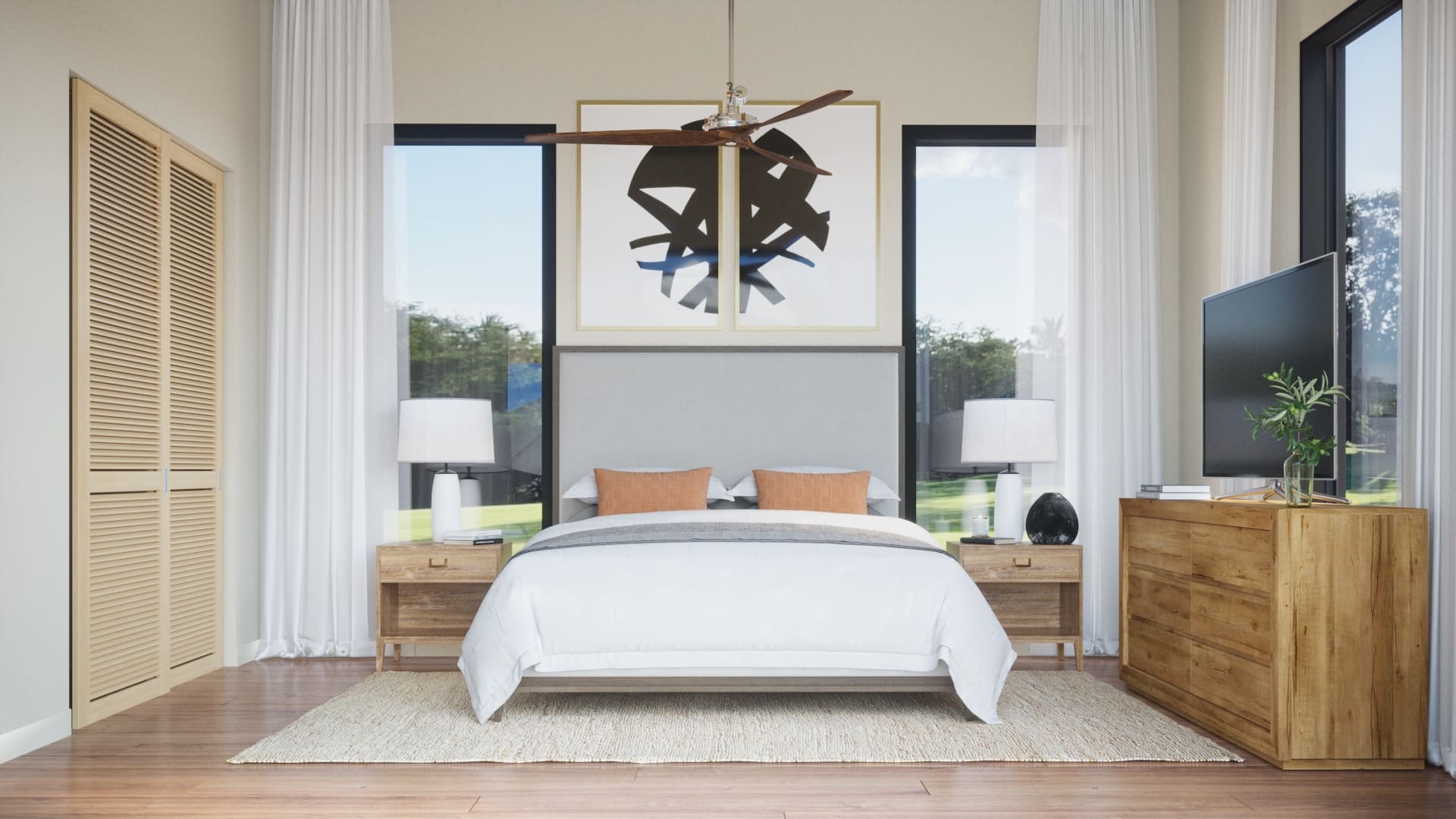
Image from Yousee Studio
On the other hand, AR bridges the gap between the virtual and real worlds. Customers can use AR apps on smartphones or tablets to place 3D furniture models in their living space. This helps visualize how the product would fit and look in their environment. For instance, IKEA's AR app, IKEA Place, allows users to see how different furniture items would look and fit in their homes, providing a practical and engaging shopping experience.
These technologies enhance user engagement and provide valuable insights to retailers. They can track user interactions within the virtual showroom, gather preference data, and personalize the shopping experience accordingly. This data-driven approach enables retailers to make informed decisions about product offerings and marketing strategies.
The fusion of 3D modeling, VR, and AR technologies in creating virtual showrooms represents a significant leap in digital retail innovation. It's not just about replicating the physical store experience online; it's about enhancing it with features and capabilities that are only possible in the digital realm. As we continue to explore these technologies, their potential to revolutionize the furniture shopping experience becomes increasingly evident.
Benefits for Consumers and Retailers
Implementing 3D virtual showrooms in the furniture industry presents many benefits, not just for consumers but also for retailers. For consumers, the primary advantage is the unparalleled convenience and accessibility. In a world where time is a precious commodity, the ability to browse and select furniture from the comfort of one's home is a significant boon. This convenience is further enhanced by the interactivity and realism offered by 3D models.
Customers can view products from multiple angles, understand the scale and proportion relative to other items, and visualize how these pieces would fit in their spaces using AR technology.
From a retailer's perspective, virtual showrooms are a game-changer in terms of cost-effectiveness and market reach. Traditional brick-and-mortar showrooms involve substantial overhead costs, including space rental, inventory maintenance, and staffing. In contrast, a virtual showroom dramatically reduces these expenses, as digital models can be created and modified at a fraction of the cost of physical prototypes and displays. Additionally, the scalability of digital platforms allows retailers to reach a broader audience, transcending geographical limitations. This expanded reach drives sales and enhances brand visibility and recognition.
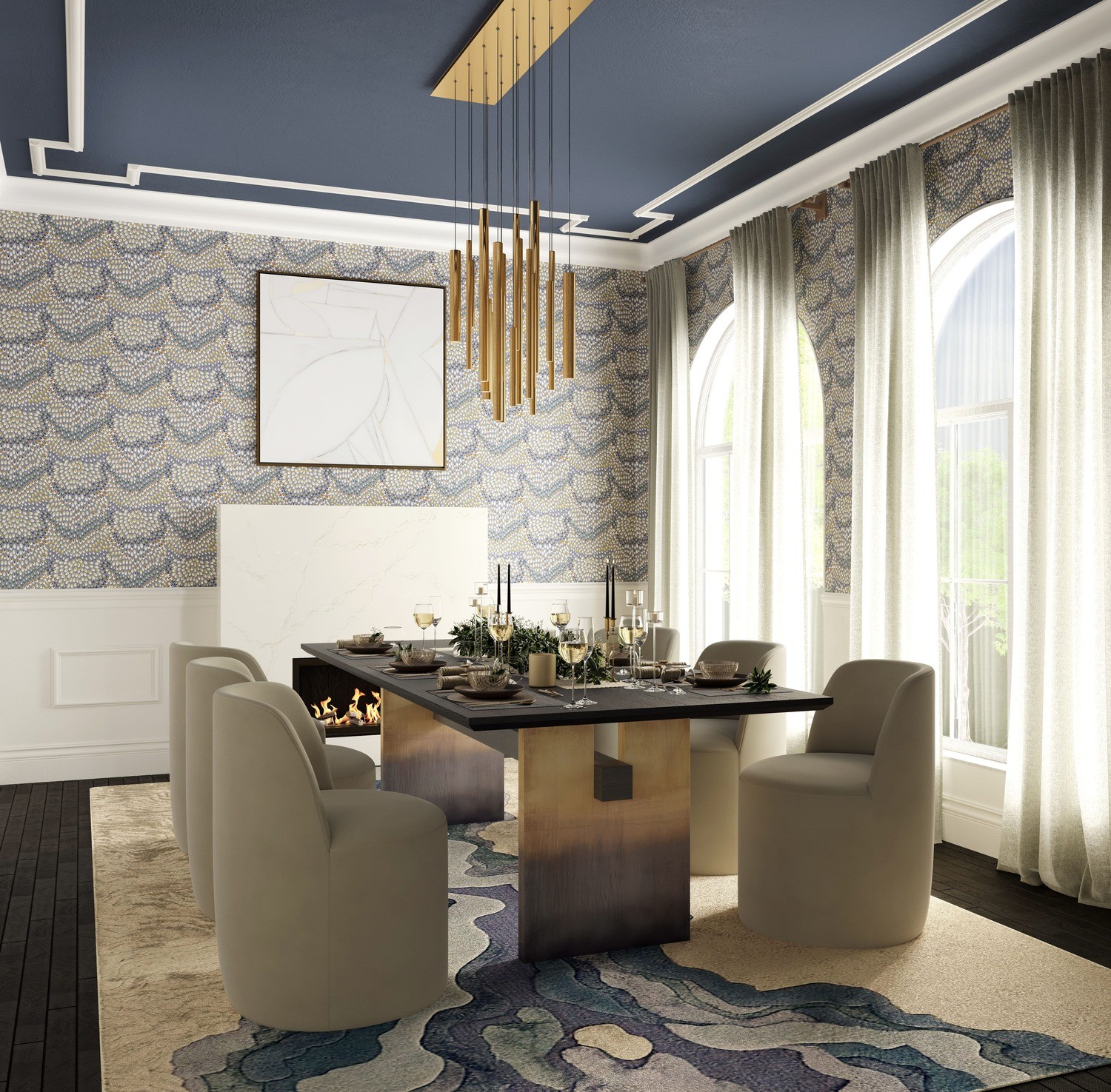
Image from Yousee Studio
Another crucial benefit for both consumers and retailers is the potential for personalization. In a physical showroom, the variety of displayed models is limited by space and budget constraints. However, in a virtual environment, retailers can offer a much more comprehensive range of products, including different styles, colors, and configurations. Advanced 3D modeling software enables the customization of these models in real time, allowing customers to personalize products according to their preferences. This level of customization improves customer satisfaction and provides retailers with insights into consumer trends and preferences, enabling them to tailor their product lines and marketing strategies more effectively.
User Experience in a 3D Virtual Showroom
The user experience in a 3D virtual showroom is distinctly different from traditional in-store shopping. When customers enter a virtual showroom, they are immersed in a meticulously designed 3D environment that replicates the look and feel of a physical store but with added advantages. High-resolution 3D models, realistic textures, and accurate lighting create an immersive experience that makes it easy for customers to visualize the products in their intended settings. The interactive nature of these environments allows customers to explore different furniture configurations, change color schemes, and even view how the furniture will look under different lighting conditions.
One of the critical components enhancing the user experience is the intuitive navigation of these virtual spaces. Using simple controls, customers can 'walk' through different showroom sections, interact with the products, and get detailed information about each item, such as materials, dimensions, and price. Some virtual showrooms integrate chatbots or live customer support, providing immediate assistance and enhancing the customer service experience.
Comparatively, traditional in-store shopping can be time-consuming, with limited inventory and a need for more personalization. Physical stores can only display a finite number of products, and experiencing a full range of options is often challenging. In contrast, virtual showrooms offer an extensive catalog of products, with detailed information and customization options readily available. This comprehensive and convenient shopping experience caters to the modern consumer's desire for efficiency, variety, and customization.
Challenges and Limitations
Despite the numerous advantages of 3D virtual showrooms, several challenges and limitations must be addressed. One of the primary concerns is the technical infrastructure required for such advanced digital platforms. High-quality 3D rendering demands significant computational power, particularly when incorporating technologies like ray tracing for realistic lighting effects. This can be a barrier for consumers with older or less powerful devices, potentially alienating a market segment. Retailers must balance visual fidelity and accessibility, ensuring their virtual showrooms are optimized for various devices.
Another notable challenge is the realistic representation of products. While 3D models can closely mimic the appearance of furniture, they may only sometimes capture the nuances of materials and textures accurately. For instance, the feel of a fabric, the comfort of a sofa cushion, or the exact color under different lighting conditions can be complex to replicate digitally. This limitation can lead to a gap between customer expectations and the product, potentially resulting in dissatisfaction and returns. Retailers must invest in high-quality 3D modeling and work closely with designers to ensure the models are as accurate to life as possible. Additionally, incorporating customer feedback and continuously updating models can help bridge this gap.
While beneficial, the integration of AR technology also comes with its own challenges. Accurately superimposing 3D models into a natural environment through a smartphone or tablet camera requires sophisticated image recognition and spatial mapping technologies. There can be issues with scale, lighting, and positioning, which distort the appearance of the furniture in a real-world setting. Continuous advancements in AR technology and more powerful mobile devices are gradually overcoming these challenges, but there is still room for improvement.
The Future of Furniture Shopping: Predictions and Trends
Looking ahead, the future of furniture shopping through 3D virtual showrooms seems promising and likely to be a dominant trend. The continued technological advancements and the increasing preference for online shopping are critical drivers of this transformation. One of the exciting trends on the horizon is the integration of AI and machine learning. These technologies can personalize the shopping experience by recommending products based on the user's browsing history, preferences, and behavior within the virtual showroom. This level of personalization could significantly enhance customer satisfaction and increase sales.
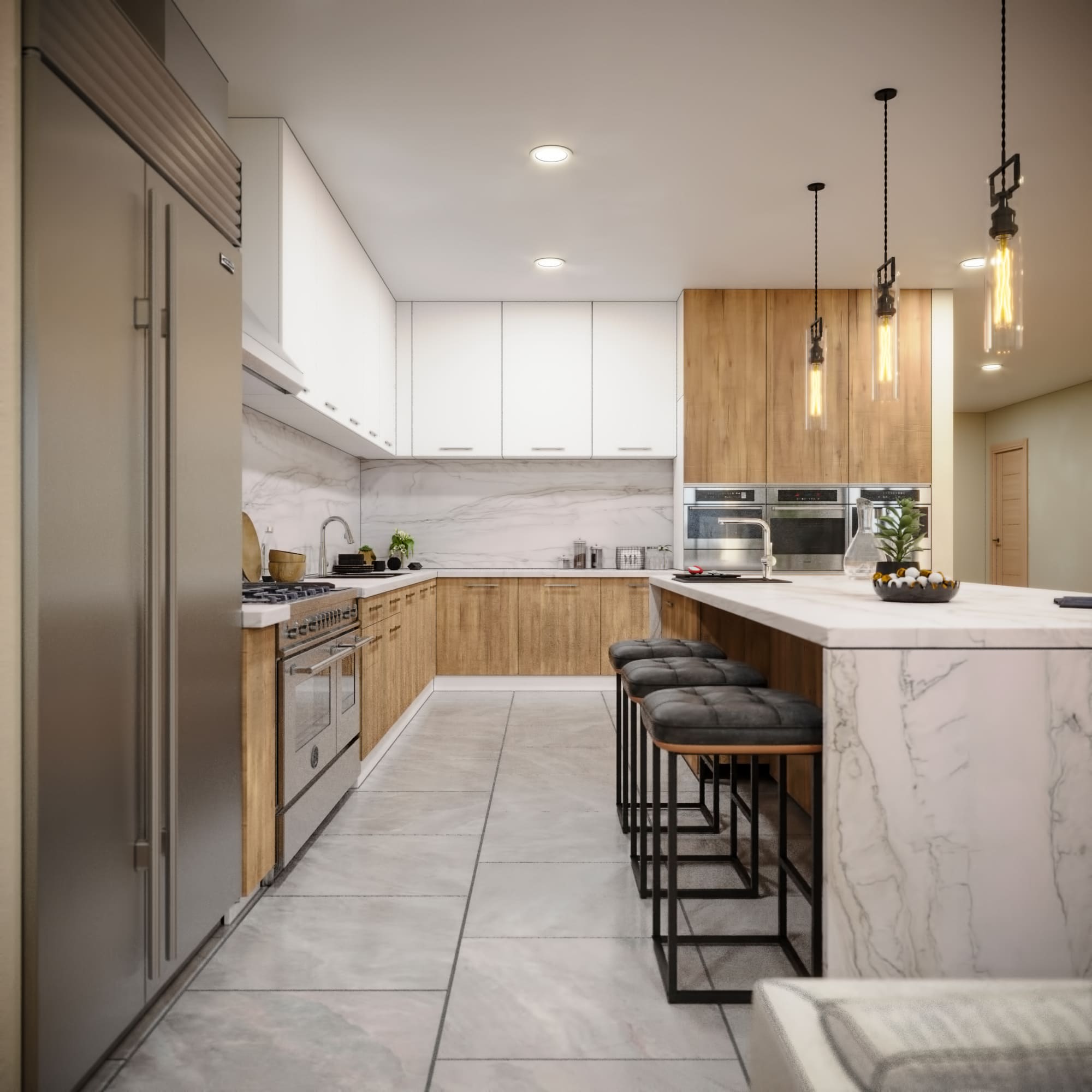
Image from Yousee Studio
Another trend to watch is the further development of immersive VR experiences. As VR technology becomes more affordable and widespread, retailers could offer fully immersive virtual showrooms where customers can 'walk' through and interact with products in a completely virtual environment. This would provide an even more realistic and engaging shopping experience, potentially surpassing the limitations of physical showrooms.
The fusion of 3D virtual showrooms with physical stores, creating a hybrid model, is also a trend that could shape the future of furniture retail. This approach would combine the best of both worlds - the convenience and vast selection of virtual showrooms with the tactile and immediate experience of a physical store.
Contact us at YouSee Studio for captivating 3D renderings and immersive virtual experiences.
Ray Lisbon is a content writer and the author of this article.

